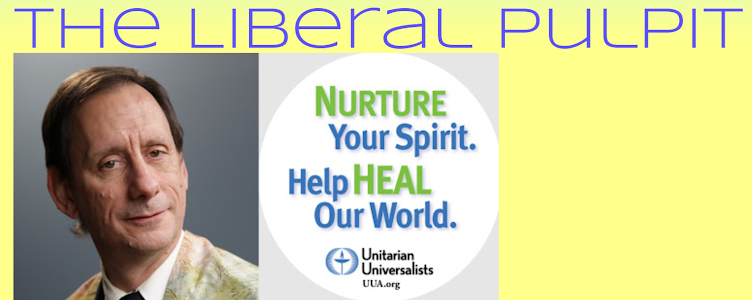350 is the important number. 350 is the number of parts per million of carbon dioxide in our atmosphere that is the upper limit of what is safe.
When I was growing up, we worried about carbon monoxide, and were told that carbon dioxide was perfectly harmless. Which, for breathing, it basically is. But it traps heat in our atmosphere.
At 350 ppm, the planet survives. If we get above 350 for very long, or if we get very far above 350, then we will trigger tipping points and irreversible impacts. A lead article in the journal Nature [2009 Sep] said that above 350 "we threaten the ecological life-support systems that have developed in the late Quaternary environment, and severly challenge the viability of contemporary human societies." (McKibben 16)
Carbon dioxide levels were 275 ppm for all of human history up until 200 years ago. By 1960, CO2 was up to 315 ppm, steadily climbing. In 1960, we were blithely, blissfully oblivious to what rising CO2 would mean. By 2007, we had actually passed the 350 safety-line and were at 382 ppm. Today we are at 400 ppm, and adding two more ppm every year. And the planet of our ancestors -- and of our youth -- is gone.
In fact, scientist Kevin Anderson projects that even if rich countries adopt draconian emissions reductions within a decade, it is improbable that we will be able to stop short of 650 ppm of CO2.
As Bill McKibben notes,
"Even if you erred on the side of insane optimism, the world in 2100 would have about 600 parts per million carbon dioxide. That is, we’d live if not in hell, then in some place with a very similar temperature."McKibben's website, 350.org, summarizes:
“So far, we’ve experienced about 1 degree (Celsius) of warming, and the impacts are frightening. Glaciers everywhere are melting and disappearing fast, threatening the primary source of clean water for millions of people. Mosquitoes, who like a warmer world, are spreading into lots of new places, and bringing malaria and dengue fever with them. Drought is becoming much more common, making food harder to grow in many places. Sea levels have begun to rise, and scientists warn that they could go up as much as several meters this century. If that happens, many of the world’s cities, island nations, and farmland will be underwater. Meanwhile, the oceans are growing more acidic because of the CO2 they are absorbing, which makes it harder for animals like corals and clams to build their shells and exoskeletons. All around the globe, we’re stacking the deck for extreme weather — like hurricanes, typhoons, blizzards, and droughts — which exacerbates conflicts and security issues in regions that are already strapped for resources. The Arctic is sending us perhaps the clearest message that climate change is occurring much more rapidly than scientists had previously thought. In the summer of 2012, roughly half of the Arctic’s sea ice went missing (some scientists estimate that the total volume of summer sea ice loss may be as high as 80%). The entire Arctic region is undergoing drastic changes, threatening vital habitat for countless species (yes, including polar bears) and the livelihoods of many indigenous communities. This is also bringing us closer to dangerous tipping points, like the breakdown of the Greenland ice sheet and major methane releases from quickening permafrost melt.” (www.350.org/about/science)And methane is four time more powerful than CO2 at trapping heat.
* * *
This is part 2 of 4 of "The Ecospiritual Challenge"
Next: Part 3: "Reality Is Never Depressing"
Beginning: Part 1: "Fermi and the Nature of Intelligent Life"





No comments:
Post a Comment